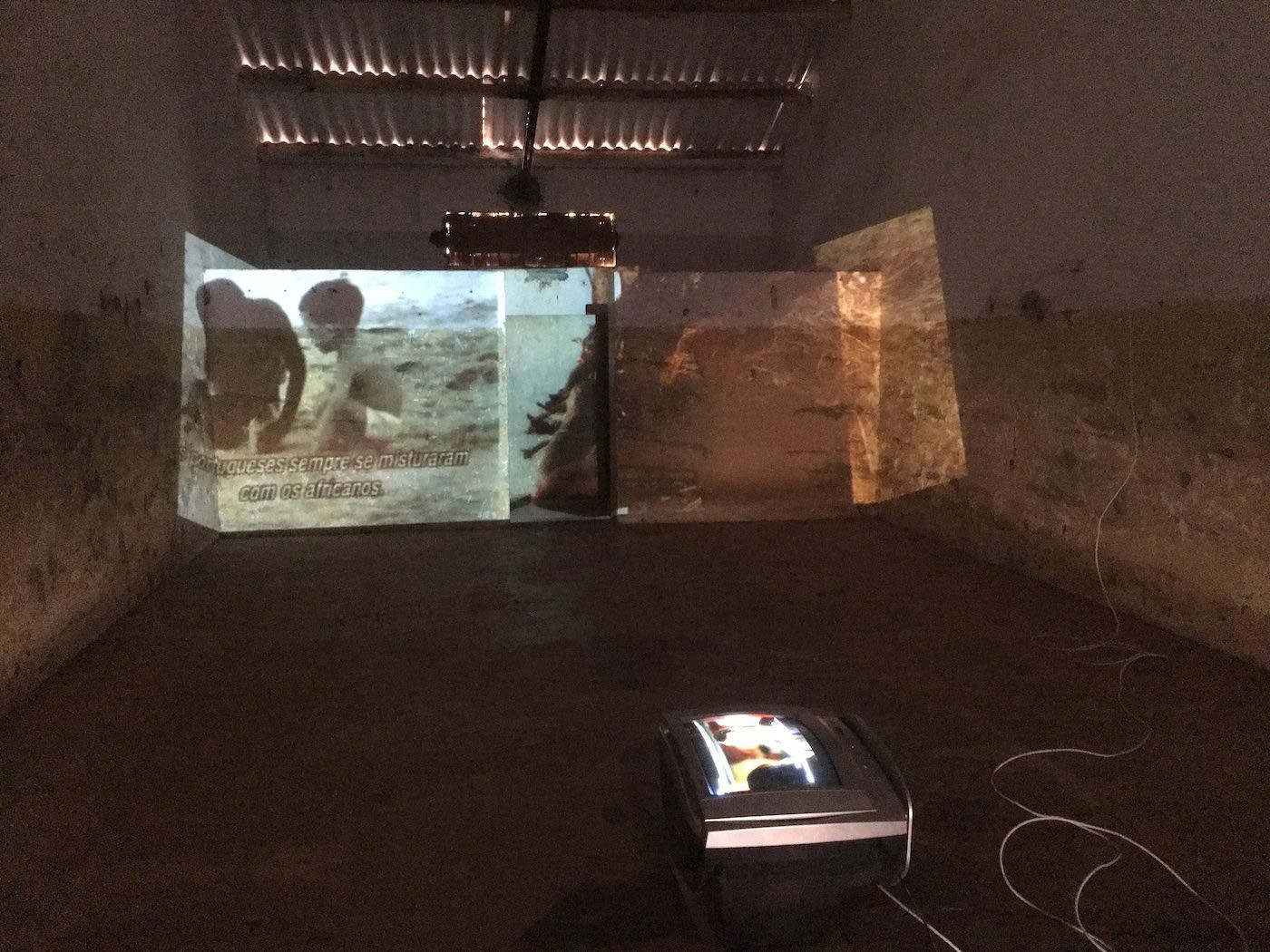Velma Rosai-Makhandia: Inspiration from the Internal Space
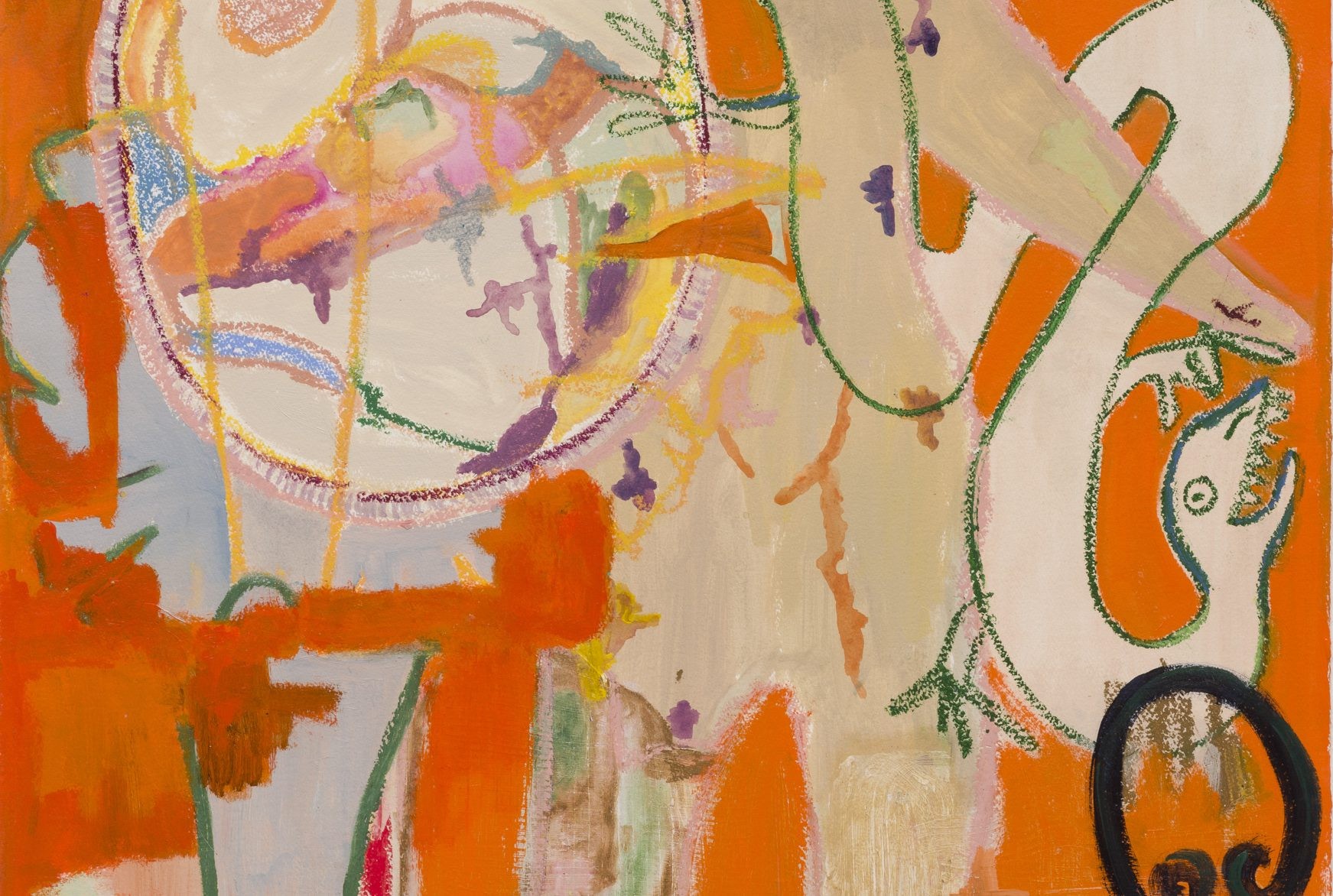
07 June 2023
Magazine C& Magazine
Words Joshua Segun-Lean
6 min read
Following her debut solo exhibition, the artist reflects on Blackness, the gift of intuition, and the potency of African spirituality in her work.
Contemporary And: In your lens-based work, which ranges from the highly conceptual to more conventional portraiture, you appear keenly attuned to photographic traditions in performance art. What is it about the relationship between photography and the performing body that interests you?
Velma Rosai-Makhandia: For me, it’s about freedom. The camera’s function within European colonialism is well documented. One can’t separate the evolution of the technology from questions of power, ownership, and identity. I am always thinking about African women in the colonial era who didn’t have any say in how their photos were taken or whether they even wanted them to be taken. In similar ways, colonial governments maintained brutal control over women’s sexual and reproductive rights. So when I’m thinking about the formal and political elements of my work, it’s no surprise that visuality and embodiment are dominant, and often entwined, themes. They are still highly contested terrains, and my intention is to foreground, like many of the Black women artists I admire, the possibility of freedom.
Also, my body is a subject I return to continuously. I haven’t exhausted its possibilities and I don’t think I ever will. I am continually drawn to its dynamism, how it embraces the feminine and the masculine, how it responds to changes in the time of day, changes in my surroundings, changes in my mood, and other stimuli I can’t observe or measure. My body is always evolving, even beyond how I choose to present it, and self-portraiture allows me to document these evolutions.
[cand-gallery image-no=1]
C&: You’ve mentioned that an openness to “unfiltered inspiration” enables you to begin a piece with the immediacy and potency of intuition that extends it beyond formal constraints. How do you stay in touch with this intuitiveness, and what are some obstacles you come up against?
VR-M: I am a student of the stars, if you will. We artists are conduits between worlds and we’re supposed to reveal what is hidden. We’re meant to be seers and shamans – builders of mythical non-linear worlds existing in the blurred lines between the real and the imagined, beastly ecologies, the invisible, the realm of spirituality and divine order. I feel that intuition is more vast and profound than language can bear. I feel it’s closer to psychic automatism.
[cand-gallery image-no=2]
I spend a lot of my time alone and in silence, so I’m pretty much constantly tapping into this intuition. I find safety in being unseen, which has been great for my foray into painting. It began as and has remained a solitary practice. The silence of that solitude allows thoughts, sensations, and impressions to come through without the interference of rationality. Sometimes they’re in the form of images and symbols that can be quirky and otherworldly, without a frame of reference. By holding that connection, I can transfer them onto the paper – and share them.
My painting practice is still nascent and raw, so there are moments of not knowing which direction to take, whether a painting is truly finished, or whether it’s any good. I also struggle with silent comparisons – the need to articulate the totality of my vision can sometimes be overwhelming. There are negotiations about what works I’m comfortable showing and which I’d rather keep, about the vulnerability of allowing an audience to bear witness and allowing for criticism.
[cand-gallery image-no=4]
C&: Your exhibitionThe Ways of My Serpent Mother are Strange at Sarah Brook Gallery recently ended. It took up themes of regeneration, continuity, and the “cyclical nature of the body’s rituals.” Your works suggest an approach to creativity that departs from values of novelty and innovation, shifting toward an insistence on rediscovery, on returning to dormant knowledge and forgotten sources. Does this feel true to you?
VR-M: Yes, it does feel very true to me. The works in The Ways of My Serpent Mother are Strange transitioned repeatedly from one form to another, and sometimes they existed between forms. This process was a direct reflection of my internal life. I was undergoing a deeply personal transformation. Alongside the paintings, I was making attempts to understand who I was becoming, to understand what parts of me remained after a certain chapter of my life had come to an end. This was quite difficult. It was by going back to the foundations of African spirituality, and through the ancient symbolism of the snake in particular, that I was able to find solace.
[cand-gallery image-no=3]
C&: You came to photography through the nostalgic appeal of old family albums. Do you have a relationship with images that, conversely, helps you imagine or move toward a kind of future?
VR-M: Seeing old albums of my parents made me nostalgic and it opened me to the richness of my sources. I realized that I was the benefactor of a compelling and vivid aesthetic tradition. I did not have to look too far for my references – I could draw from my own personal history. And that’s what I did and still do. When I think of the future, I still think of those images, of all the ways their political and emotional resonances can be replicated in new contexts, and how far they can be stretched. It’s the same feeling with looking at imagery byFelicia Abban from sixty years ago, at a time when being a Black female artist was much more difficult than it is now. My hope is for her work and my work and the work of many other Black women artists to be rediscovered by generations long after us. For them to inspire bolder creative endeavors than we were perhaps able to achieve in our own time. I want our work to live on in the hands and minds of future Black artists. I think it’s important that we know that there are precedents, and that others have walked the path ahead of us. We’re always building on something. I like to envision a future in which that continuity is maintained.
Joshua Segun-Lean’s writing has appeared in The Republic Magazine and The Brooklyn Rail.
Read more from

Maktaba Room: Annotations on Art, Design, and Diasporic Knowledge

Irmandade Vilanismo: Bringing Poetry of the Periphery into the Bienal
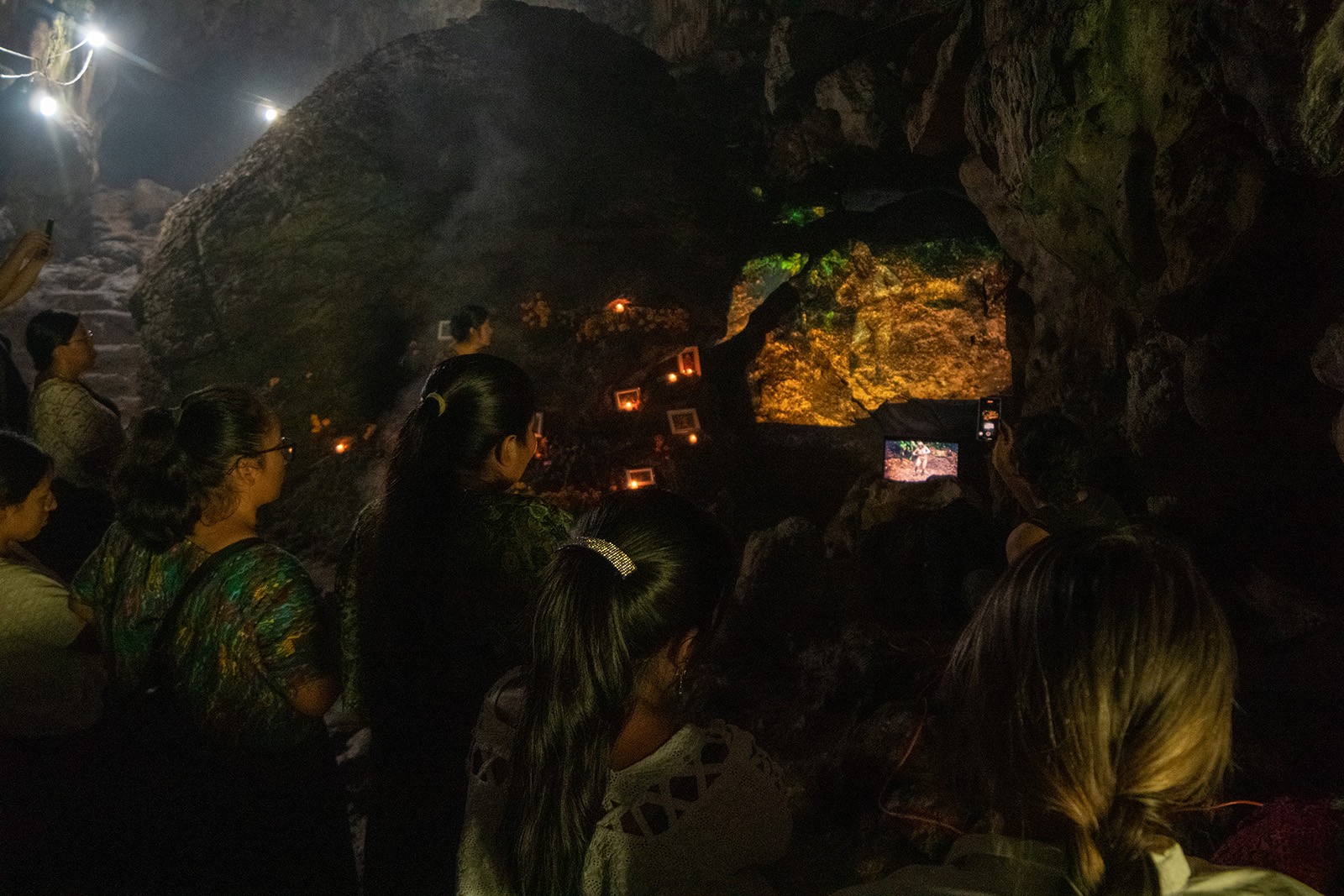
Esperanza de León: Curating Through Community Knowledge
Read more from
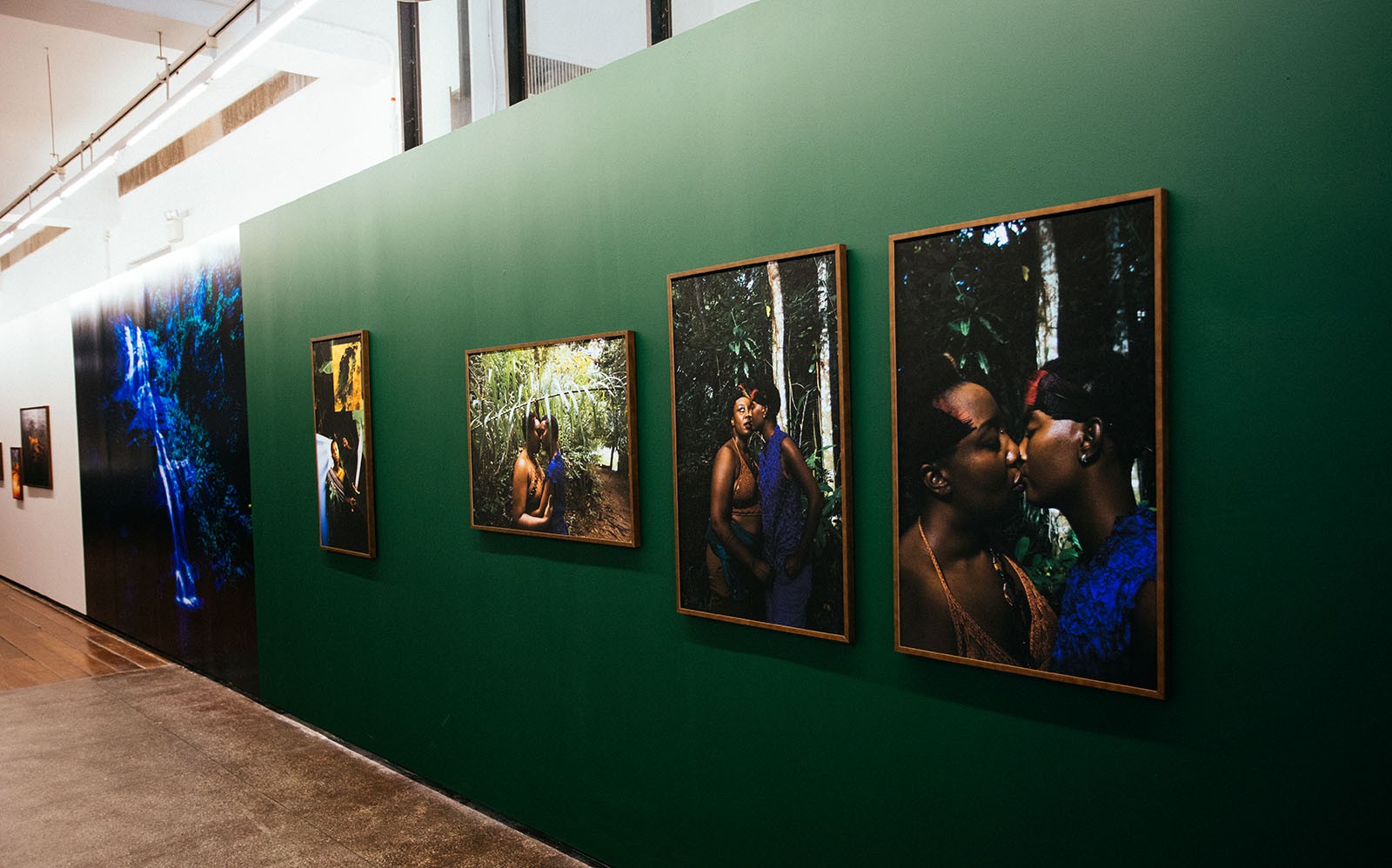
Flowing Affections: Laryssa Machada’s Sensitive Geographies
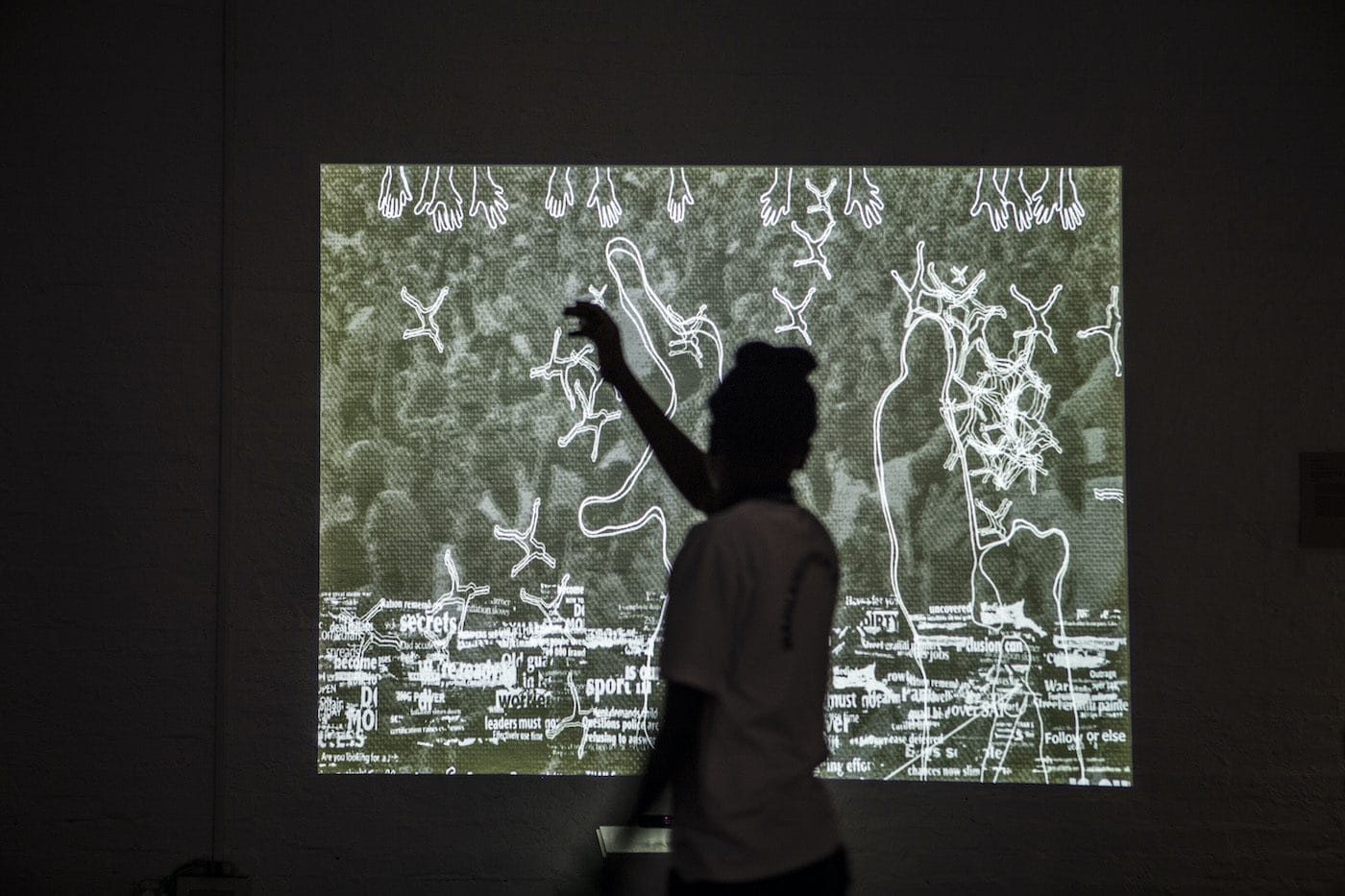
Kombo Chapfika and Uzoma Orji: What Else Can Technology Be?
